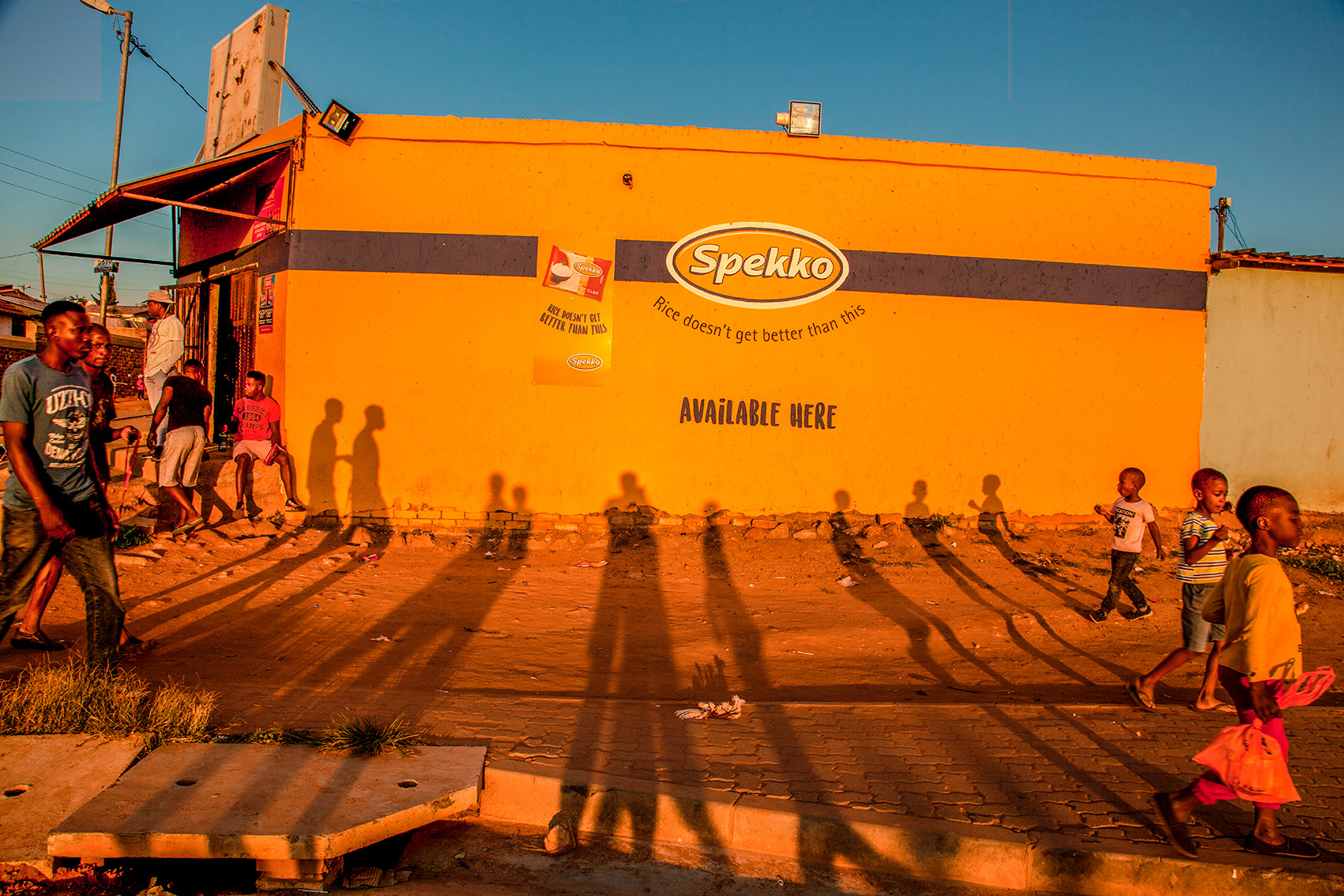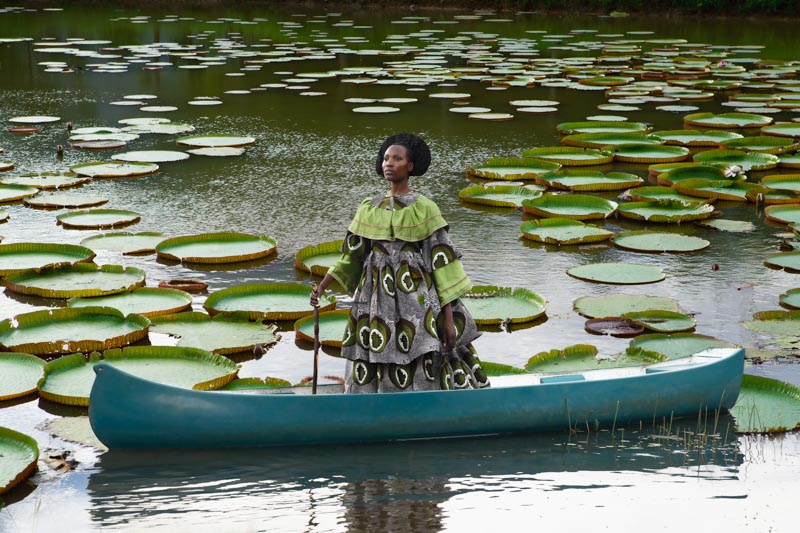Notes on The Legacy of Photography in South Africa: Past and Present
19/02/2024 General News, Timed-Online Auctions
“If you keep quiet then you will never tell your story’ [1].
-Peter Magubane
On the first day of 2024, South Africa lost treasured photojournalist, Peter Magubane. In light of his passing, people both locally and internationally, were able to reflect on the heritage of photography as a tool for art, documentation, protest and change within South Africa. His life and work encouraged seeing the camera as a witness. The tool, which had been brought to South Africa during the 19th Century, had become a way to document not only difficult realities ,but the beauty, history and nuances of different communities living during and after Apartheid.
Aspire Art proudly celebrates and honours this heritage by presenting a collection of works of notable photographers who have been witnessing, documenting and advocating through their lens.

Portrait of Peter Magubane
Omar Badsha, born in Durban, became politically active whilst still in high school, after the tragic 1960 Sharpeville Massacre. His relationship with photography started in 1976, as a tool for Trade Union education and to document work-related injuries at chemical plants. Starting as a freelance photographer, he gained recognition by publishing photographic essays such as Letter to Farzanah (1979) and Imijondolo (1985) and establishing the Centre of Documentary Photography at the University of Cape Town (1987). In 1990, he became the head of the Western Cape Arts and Cultural Department, and his retrospective Seedtime opened in 2015 at the Iziko South African National Gallery in Cape Town, after which it traveled to Durban and Johannesburg. In 2018, President Cyril Ramaphosa awarded him the National Order of Ikhamanga (silver).
Lot 55, Portrait of a man is both beautiful and dignified in its depiction, speaking to Badsha’s skillset as a photographer and his approach to the subjects of his work.

Lot 55 | Omar Badsha, Portrait of a man | ZAR 7 000 – 10 000
Another well-known photographer who used his camera to challenge the Apartheid status-quo is the renowned David Goldblatt. His subject matter includes people, places, architecture and events that span 70 years and incorporate the geography of the entire South Africa.
In Houses on Coetzee Street. Middleburg. Cape. 21 July 1986’ (Lot 32), Goldblatt documented a significant moment in time during the state of emergency enforced by the government. Thousands of people were arrested and in Middelburg specifically, 84 black people and 1 white person were held in police cells.

Following in this legacy of photography, we see prominent contemporary names including Pieter Hugo and artist-brother-duo Hasan & Husain Essop. Hugo is Cape Town-based and primarily focuses on portrait photography, as his work weaves through issues including class, identity, privilege and violence. In Untitled, Agbogbloshie Market, Accra, Ghana (Lot 56), the photographer takes the viewer to the outskirts of Ghana, where e-waste has created inhumane and toxic environmental conditions for the communities and animals that live there. Hasan and Husain Essop challenge stereotypes and explore the cultural complexities of the Islamic faith within South Africa and globally. Lot 31, Suguud, Closest to God depicts a gentle communal moment of bowing down to pray. Photojournalist and cultural practitioner, Gopolang Ledwaba, explores how the issues surrounding land, spirituality, architecture and migration intersect with personal identity. Based in Johannesburg, Ledwaba is the founder of Mandebele Photo Gallery, and uses his camera to document communities within the new landscapes of a democratic South Africa, as seen in Izithunzi, Braamfischerville, Soweto (Lot 89).

Lot 89 | Gopolang Ledwaba, Izithunzi, Braamfischerville, Soweto | ZAR 4 000 – 6 000
Zimbabwean-based artist with family heritage in South Africa, Tamary Kudita, looks at inherited memories, African identity, and cultural duality. Lotus (Lot 29) incorporates African symbolism through like the staff, which signifies dominance and authority, as well as real and fantastical elements. Her work signals a new realm of documentation that relies on not just objective reality, but memory, imagination and possible future(s).
Other esteemed image makers in the Editions + Photographs Timed-Online Auction include Kay Hassan, Hentie van der Merwe, Graeme Williams, Roger Ballen and Giggs Kgole.

Lot 29 | Tamary Kudita, Lotus, 2022 | ZAR 60 000 – 80 000
By Carina Jansen
Associate Specialist
[1] ‘To fight with my camera, to kill apartheid: Peter Magubane – a life in pictures’. (2024). The Guardian. [online].
Auction
Editions & Photographs
8 February - 20 February 2024
Discover more from Editions & Photographs
SALE ENQUIRIES
Cape Town: +27 21 422 5100 | ct@aspireart.net
Johannesburg: +27 10 109 7989 | jhb@aspireart.net